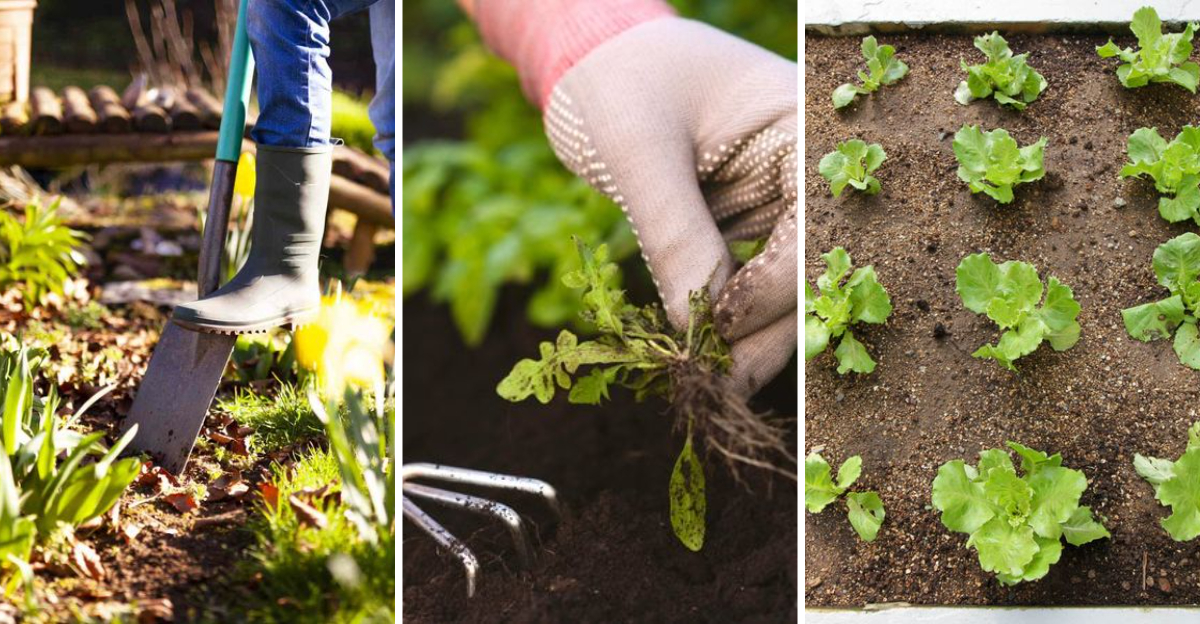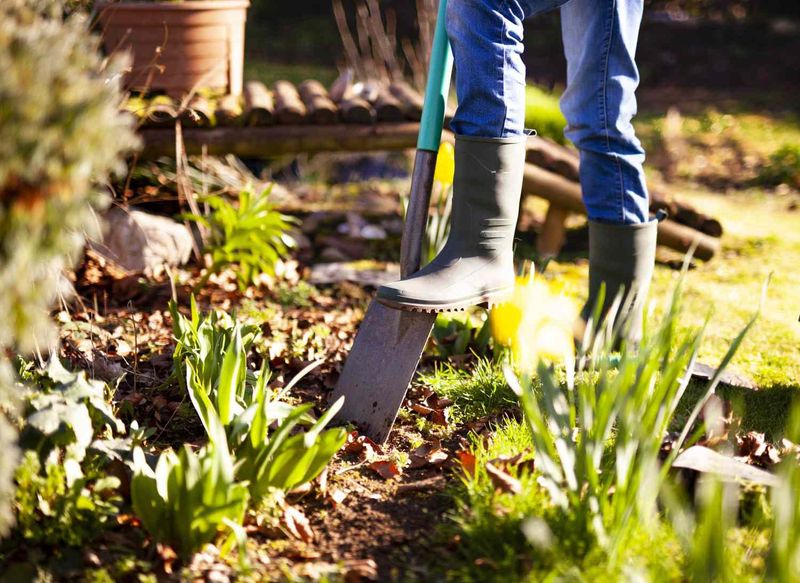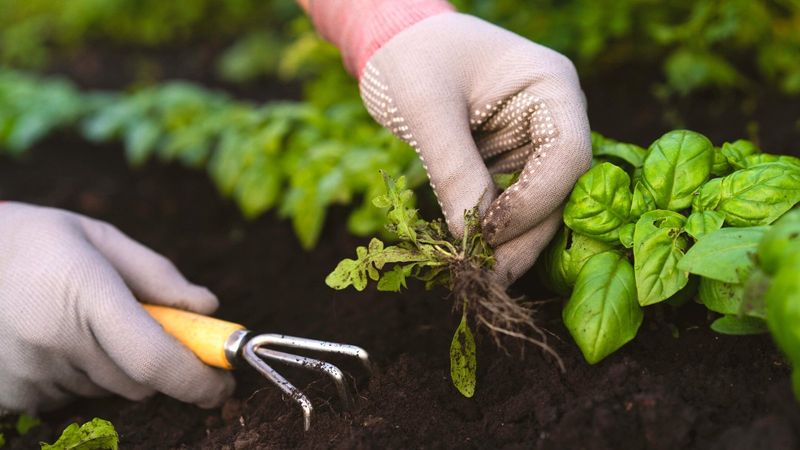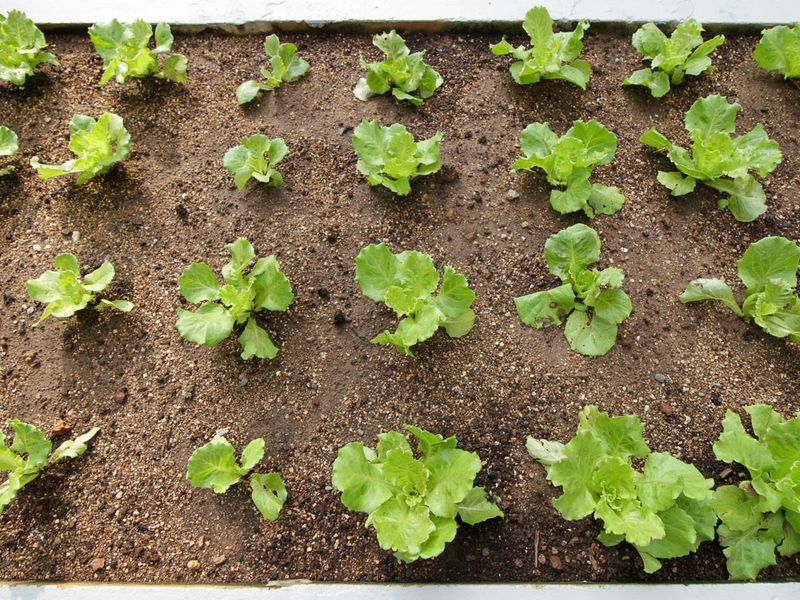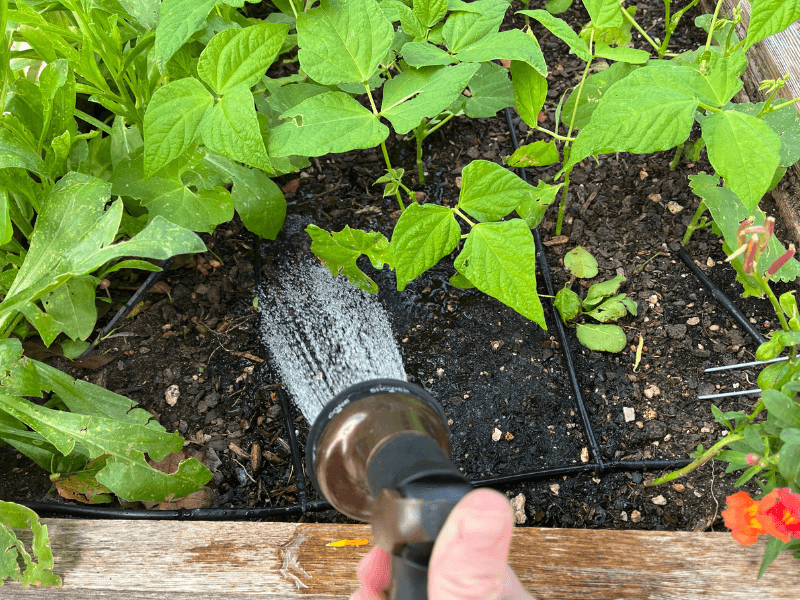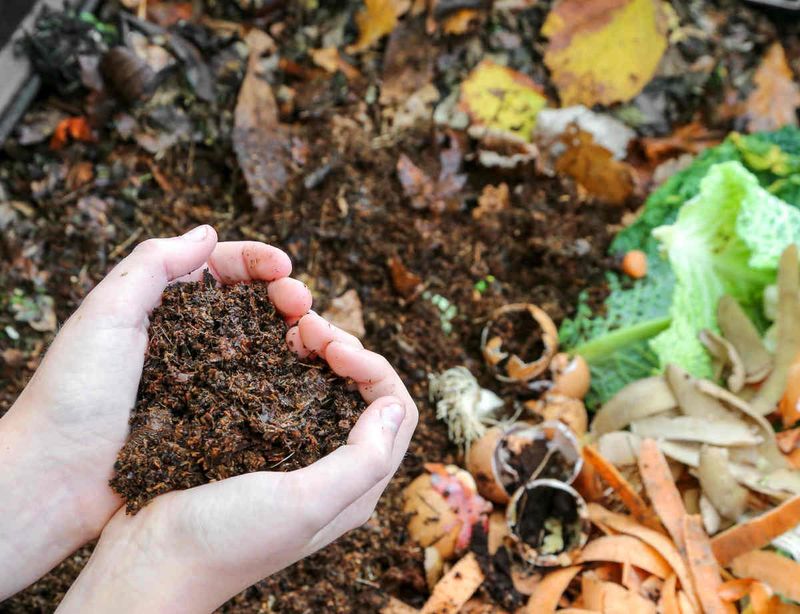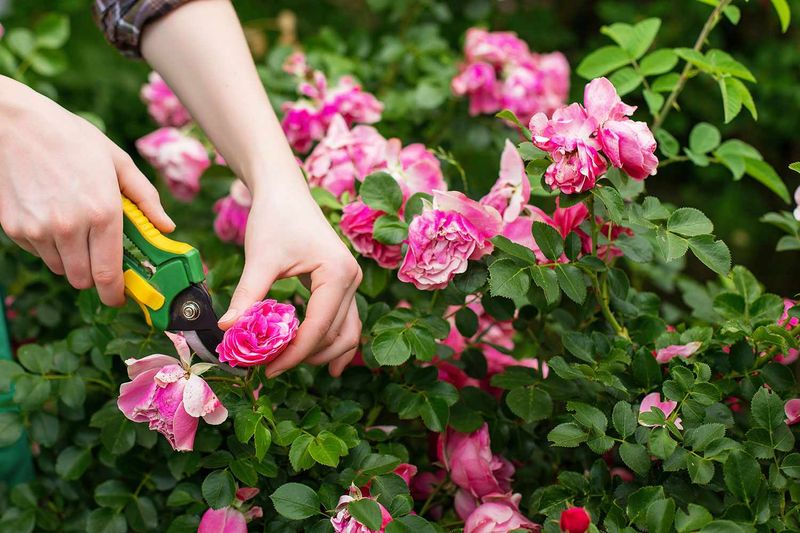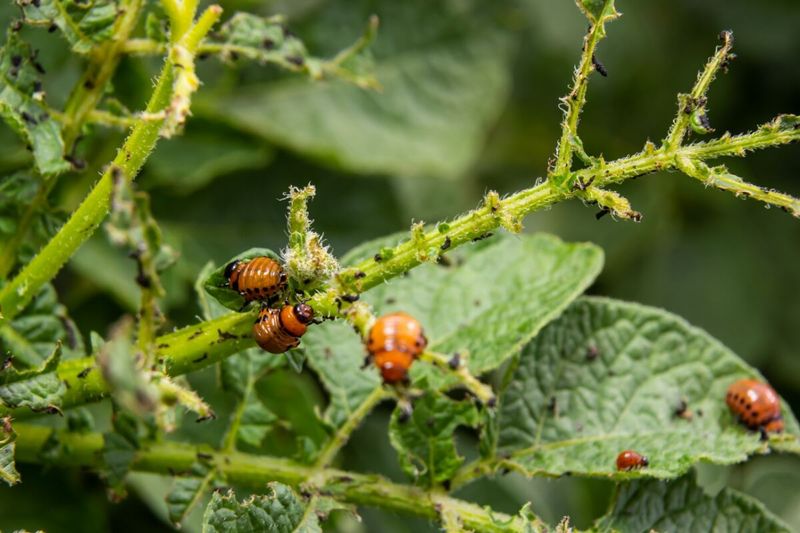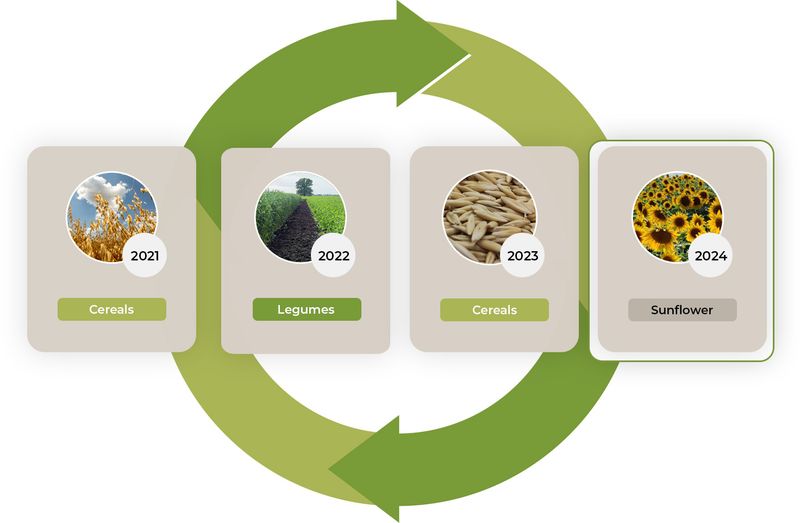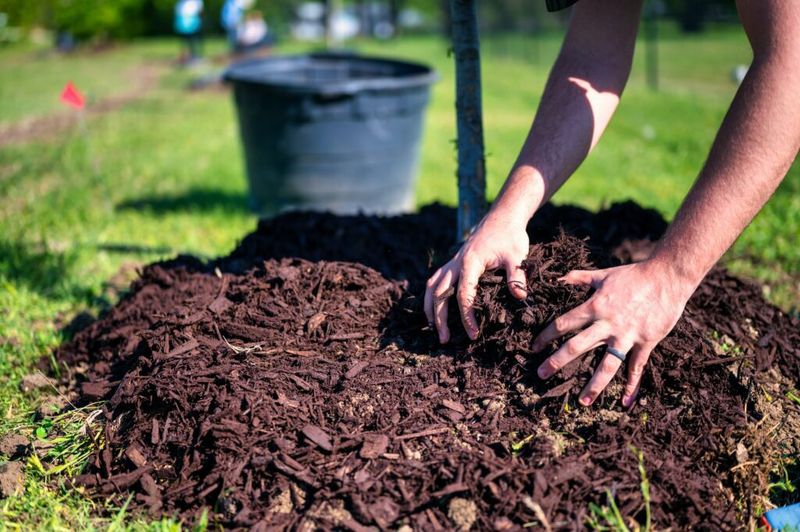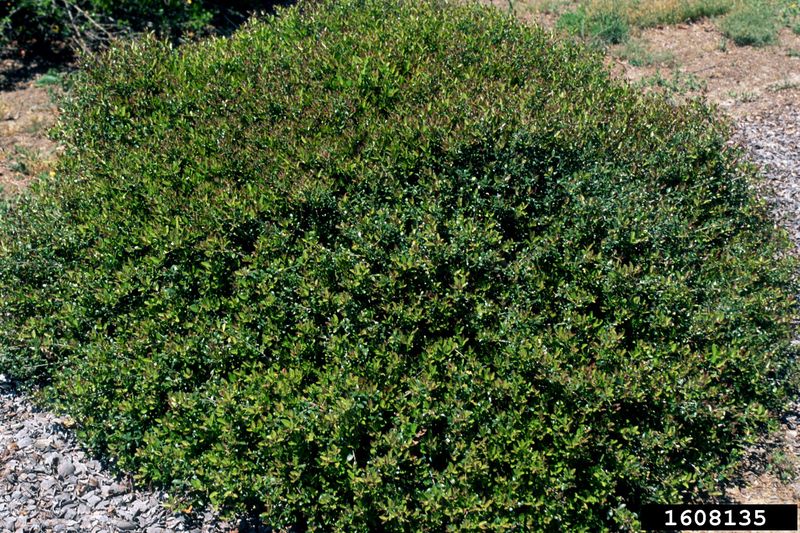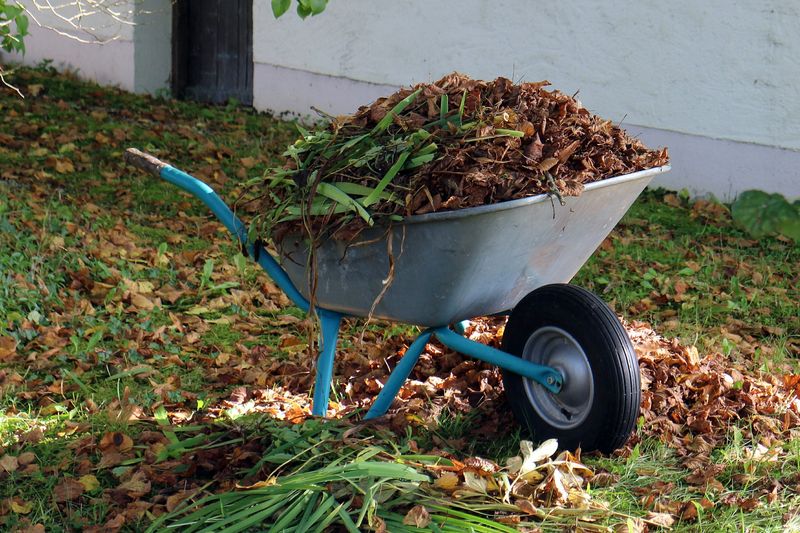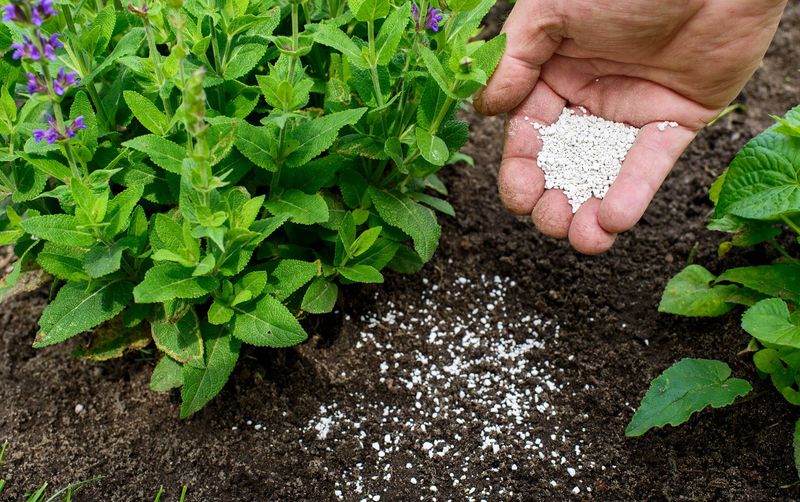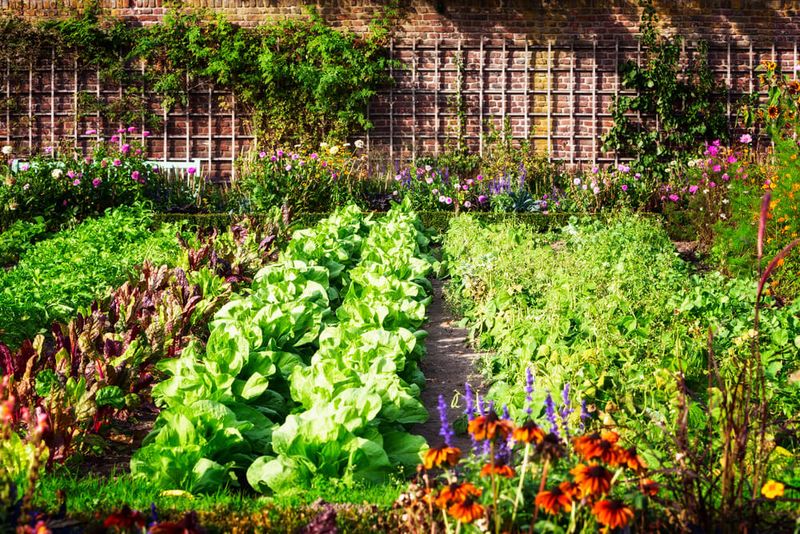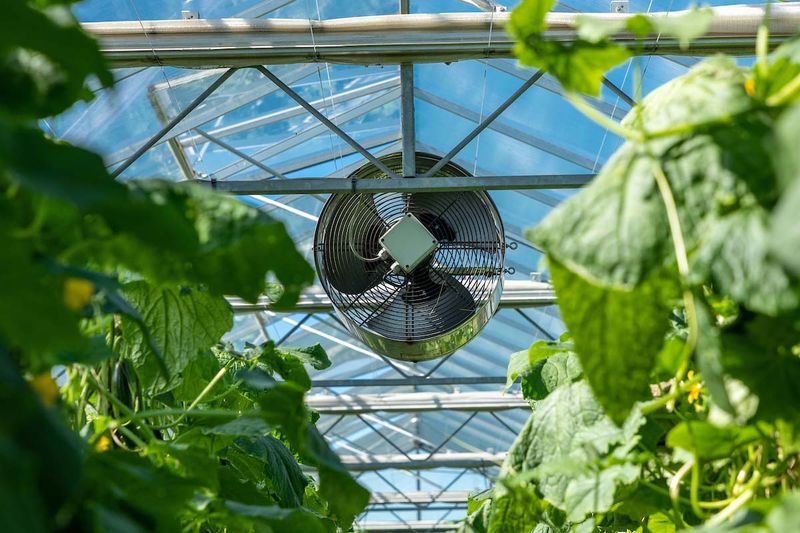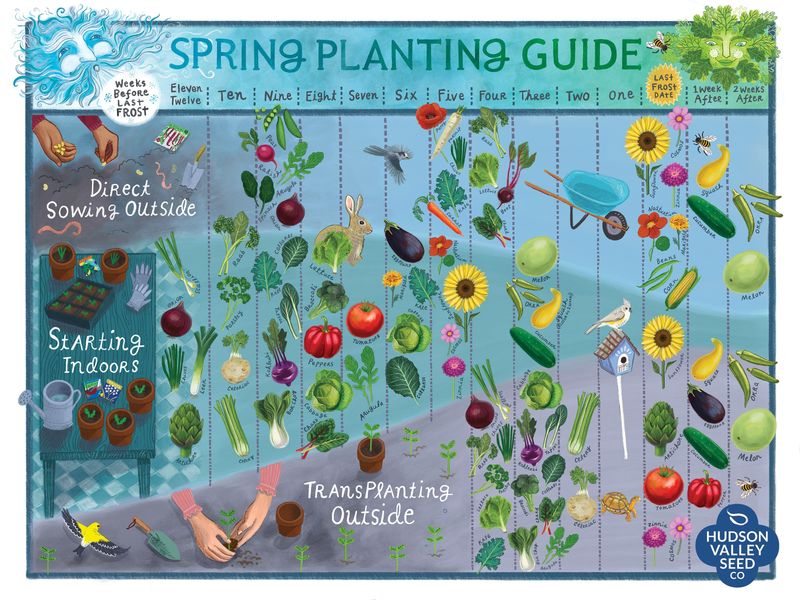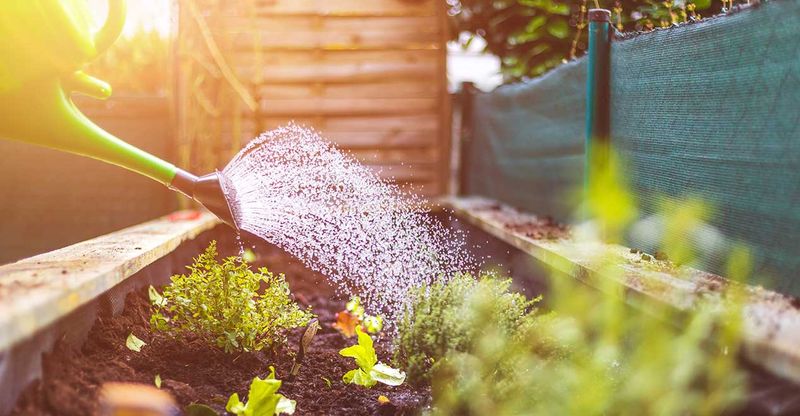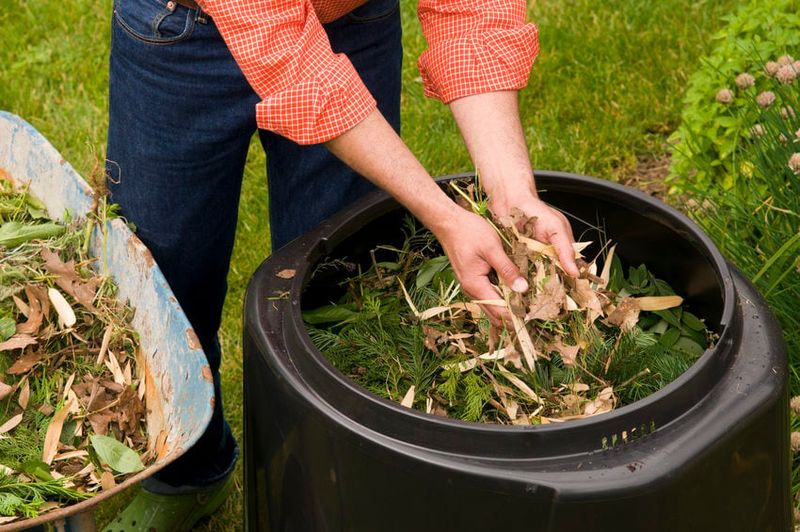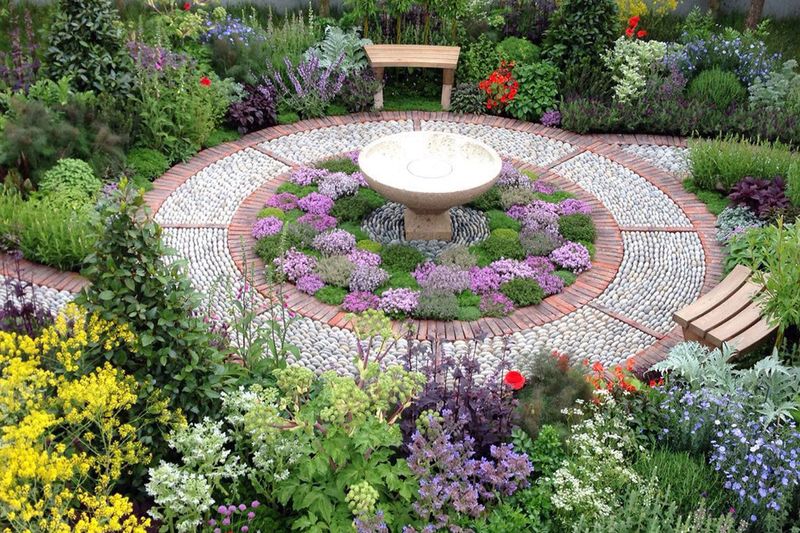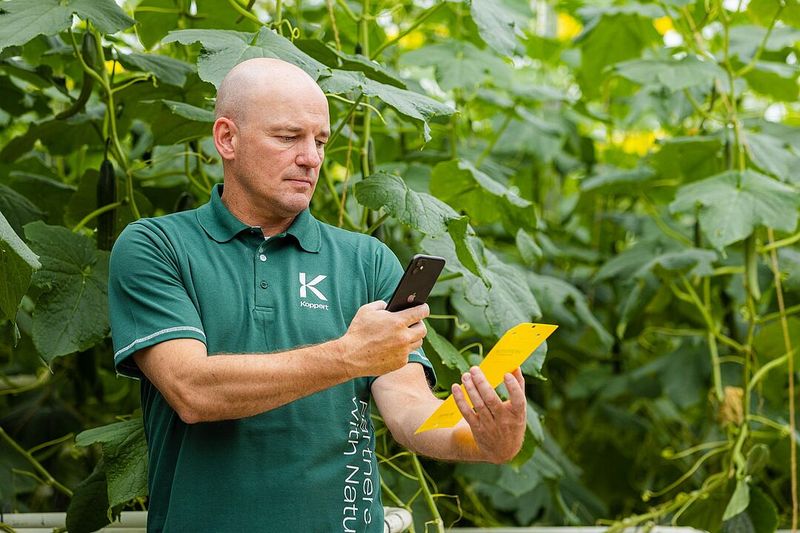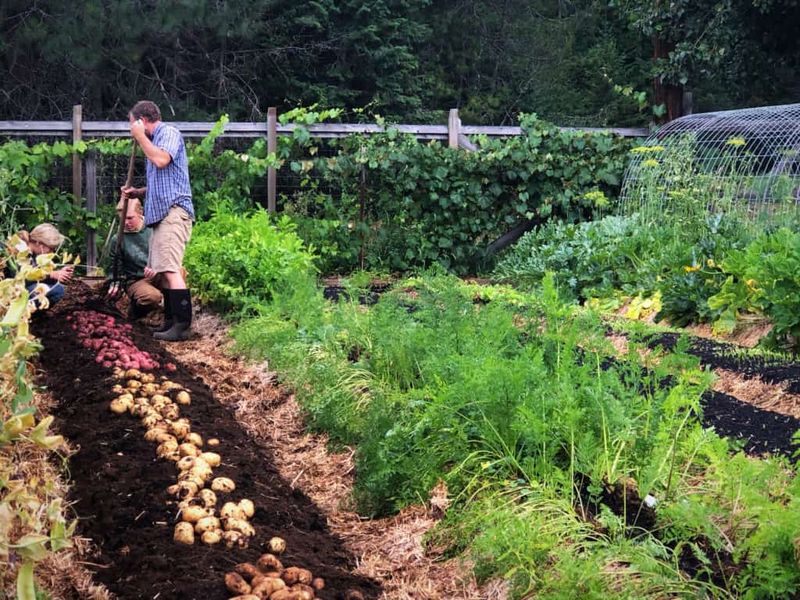Maintaining a vibrant and disease-free garden can be a rewarding yet challenging endeavor. With the right knowledge and care, any gardener can create a flourishing oasis. In this blog post, we’ll explore 22 simple methods to ensure your garden remains in peak condition, while highlighting some common pitfalls to steer clear of. Whether you’re a seasoned horticulturist or just starting, these tips will guide you towards nurturing a healthy garden.
1. Proper Soil Preparation
Good soil is the foundation of a healthy garden. Start by testing your soil’s pH and nutrient levels. Amend it with organic matter like compost, which improves texture and fertility. Ensure proper drainage to prevent root rot. If drainage is poor, consider raised beds or adding sand. Rotate crops annually to avoid nutrient depletion. Regularly check soil moisture and adjust watering habits accordingly. Mulching helps retain moisture and suppress weeds, contributing to a healthier garden ecosystem. Healthy soil fosters robust plant growth, making it less susceptible to diseases.
2. Regular Weeding
Weeds compete with your plants for nutrients, water, and sunlight. Regularly inspect your garden and remove weeds by hand or with a hoe. Early removal is crucial before they seed. Mulching helps suppress weed growth, reducing the need for frequent weeding. Be cautious when using chemical herbicides, as they might harm your plants. Instead, opt for natural methods like vinegar sprays for persistent weeds. Consistent weeding prevents infestations, allowing your plants to thrive without competition. This proactive approach minimizes the risk of disease spread and nutrient loss.
3. Proper Plant Spacing
Crowded plants are more susceptible to diseases due to limited air circulation. When planting, ensure adequate space between each plant. This prevents moisture build-up, reducing the likelihood of fungal infections. Follow recommended spacing guidelines for each plant variety. Proper spacing also allows for better access to sunlight, promoting healthy growth. As plants mature, trim any overcrowded areas to maintain optimal conditions. This simple practice not only enhances plant health but also improves the garden’s aesthetic appeal. A well-spaced garden is a healthier garden.
4. Consistent Watering Practices
Watering is vital, but overwatering can lead to root rot. Establish a regular watering schedule, adjusting for weather conditions. Early morning is the best time to water, reducing evaporation and allowing foliage to dry during the day. Use a soaker hose or drip irrigation for efficient water delivery. Check soil moisture before watering; if the soil is moist an inch below the surface, wait to water. Mulching helps retain soil moisture, reducing watering needs. Proper watering habits ensure plants receive the hydration they need without excess that causes harm.
5. Use of Natural Fertilizers
Chemical fertilizers can harm beneficial soil organisms and lead to nutrient imbalances. Instead, opt for natural fertilizers like compost, manure, or bone meal. These enrich the soil gradually, promoting steady plant growth. Apply fertilizers according to your soil’s needs and the specific plants you grow. Over-fertilizing can be as detrimental as under-fertilizing. Natural fertilizers improve soil structure and support a balanced ecosystem. This environmentally friendly approach not only nourishes your plants but also safeguards the garden from chemical-induced diseases and pests.
6. Pruning and Deadheading
Pruning promotes air circulation and removes diseased or dead plant parts. Regular pruning encourages new growth and enhances flowering. Deadheading, or removing spent flowers, redirects energy to healthier parts of the plant. Use clean, sharp tools to prevent the spread of disease. Understand the specific pruning needs of each plant variety in your garden. Scheduled pruning sessions maintain plant shape and vitality. Both practices are essential in preventing disease spread and encouraging robust growth, keeping your garden vibrant and lush.
7. Pest Management
Pests can wreak havoc on a garden. Regular inspections help catch infestations early. Encourage beneficial insects like ladybugs that prey on common pests. Use companion planting to naturally repel harmful insects. If pest control is necessary, opt for natural solutions like neem oil or insecticidal soap. Avoid over-reliance on chemical pesticides, as they can harm beneficial insects and lead to resistant pest populations. An integrated pest management approach protects your plants while maintaining ecological balance, ensuring a thriving and healthy garden.
8. Crop Rotation
Rotating crops annually disrupts pest and disease cycles. Different plant families have varying nutrient needs and pest susceptibilities. By changing the planting location, you prevent soil nutrient depletion and reduce pest infestations. Plan your garden layout with crop rotation in mind. Group similar plants and rotate them with unrelated species each season. This practice not only enhances soil fertility but also minimizes the risk of persistent pests and diseases. Crop rotation is a time-tested strategy for maintaining long-term garden health.
9. Healthy Mulching
Mulching is a gardener’s ally. It conserves soil moisture, suppresses weeds, and regulates soil temperature. Organic mulches, like straw or shredded leaves, decompose over time, enriching the soil with nutrients. Apply mulch around plants, avoiding direct contact with stems to prevent rot. Maintain a consistent mulch layer throughout the growing season. This practice not only supports plant health but also reduces the need for frequent watering and weeding. A well-mulched garden is a resilient garden, better equipped to resist diseases and environmental stresses.
10. Disease-Resistant Varieties
Selecting disease-resistant plant varieties can significantly safeguard your garden. These varieties are bred to withstand common local pests and diseases. When planning your garden, research varieties known for their resilience. Consult local nurseries or gardening clubs for recommendations suited to your climate. Incorporating disease-resistant plants reduces the need for chemical interventions. This proactive choice not only enhances your garden’s health but also makes it more sustainable. By choosing the right plants, you’re setting your garden up for success from the start.
11. Regular Cleaning
Garden hygiene is often overlooked but crucial. Regularly clean tools to prevent disease spread between plants. Disinfect pots and containers before reuse. Remove plant debris, as decaying matter can harbor pathogens. Fall cleanup is essential; remove leaves and stems that could overwinter diseases. Sanitize greenhouse surfaces periodically. These practices minimize disease risks and enhance garden aesthetics. A clean garden is a healthy garden, less prone to infestations and disease outbreaks. Maintaining cleanliness ensures your plants have the best possible environment to flourish.
12. Balanced Feeding
Plants need a balanced diet for optimal growth. Understand your plants’ nutritional requirements and provide the right nutrients. Over-fertilizing can lead to nutrient burn, while under-fertilizing can stunt growth. Use slow-release or liquid fertilizers for even distribution. Test soil periodically to adjust feeding habits. Avoid feeding during dormancy or stress periods. Balanced feeding supports strong root development and vibrant foliage. This approach minimizes disease susceptibility and encourages robust plant health, resulting in a thriving and resilient garden.
13. Companion Planting
Companion planting leverages natural plant relationships to enhance growth and deter pests. Certain plants, when grown together, can promote each other’s health and ward off insects. For example, marigolds are known to repel nematodes and other pests when planted near tomatoes. Plan your garden layout to incorporate beneficial plant pairings. Research ideal companions for the crops you intend to grow. This method reduces the need for chemical pest controls and fosters a biodiverse ecosystem. Companion planting is a natural way to boost garden vitality.
14. Proper Tool Maintenance
Well-maintained tools make gardening more efficient and prevent disease spread. Regularly clean, oil, and sharpen your tools. Inspect for rust or damage, addressing issues promptly. Store tools in a dry place to extend their lifespan. Proper maintenance ensures tools are ready for action and reduces plant injury risk. This care keeps your garden operations smooth and effective. Using clean tools minimizes the transmission of pathogens and improves gardening results. Investing time in tool care enhances both your gardening experience and the overall health of your garden.
15. Air Circulation
Adequate air circulation is crucial for preventing fungal diseases. Design your garden to allow wind flow, reducing humidity around plants. Regularly prune dense foliage to increase airflow. Position plants thoughtfully, considering mature sizes to avoid overcrowding. Good air circulation helps foliage dry faster after rain or watering, minimizing infection risks. This practice not only keeps plants healthy but also boosts their growth potential. A well-ventilated garden environment is a key factor in maintaining disease resistance and plant vigor.
16. Seasonal Planting
Timing your planting enhances plant success and minimizes disease exposure. Understand your region’s climate and plant according to season. Use frost dates as guides for planting tender crops. Seasonal planting reduces stress and aligns growth with natural cycles. Choose the right time to sow seeds, transplant, or harvest. This strategy optimizes conditions for growth and reduces pest pressures. Seasonal awareness in planting ensures your garden thrives year-round, adapting to each phase of the gardening calendar. A well-timed garden is a flourishing garden.
17. Water-Saving Techniques
Water conservation is vital for sustainable gardening. Employ techniques like drip irrigation to target water delivery efficiently. Mulching reduces evaporation, conserving moisture. Collect rainwater for garden use, reducing reliance on municipal supplies. Group plants with similar water needs together. These strategies not only save water but also enhance plant health. Efficient watering reduces disease risk by keeping foliage dry and roots adequately hydrated. Embracing water-saving practices contributes to a more eco-friendly garden that thrives with minimal resource waste.
18. Sunlight Optimization
Sunlight is a key factor in plant health. Observe your garden’s sun patterns and plant accordingly. Ensure each plant receives the right amount of sunlight needed for growth. Avoid shading sun-loving plants with taller varieties. Consider seasonal changes in sunlight when planning plant locations. This awareness maximizes photosynthesis, boosting growth and resilience. Proper sunlight optimization reduces disease susceptibility and enhances flowering and fruiting. By understanding and leveraging sunlight patterns, you can create a vibrant and productive garden environment.
19. Proper Waste Disposal
Efficient waste disposal prevents disease spread and supports environmental health. Compost plant debris to recycle nutrients back into the soil. Avoid composting diseased plants to prevent pathogen proliferation. Dispose of non-compostable waste responsibly. Regularly empty garden waste bins to avoid attracting pests. Sustainable disposal practices enhance soil quality and reduce landfill contributions. This eco-conscious approach not only keeps your garden clean but also promotes long-term health and productivity. Proper waste disposal is essential for maintaining a balanced and thriving garden ecosystem.
20. Garden Planning
Thoughtful planning lays the groundwork for a successful garden. Consider plant growth habits, space requirements, and future expansions. Create a garden map to visualize plant placements and rotations. This planning prevents overcrowding and ensures efficient use of space. Incorporate paths for easy access and maintenance. Planning also involves timing plantings for successive harvests. A well-planned garden minimizes resource use and maximizes yield. By understanding your garden’s layout and needs, you pave the way for a flourishing environment that adapts to changing conditions.
21. Monitoring and Observation
Regular observation is key to proactive garden management. Spend time in your garden daily to spot early signs of stress or disease. Note changes in plant appearance or growth habits. Keep a garden journal to track interventions and outcomes. This record aids in identifying patterns over time. Prompt action based on observations prevents minor issues from escalating. Monitoring fosters a deeper connection with your garden, enhancing care decisions and outcomes. By being attentive and responsive, you ensure your garden remains vibrant and resilient throughout the seasons.
22. Avoid Common Mistakes
Avoiding common gardening mistakes can save time and effort. Overwatering is a frequent error leading to root problems. Ignoring soil health results in nutrient deficiencies. Skipping crop rotation increases pest risks. Neglecting tool maintenance spreads disease. Improper plant spacing hinders airflow and growth. Each of these mistakes undermines garden health. Awareness and education are key to prevention. Learn from experienced gardeners and adapt practices to suit your environment. By sidestepping these pitfalls, you create a more resilient and thriving garden setup.
